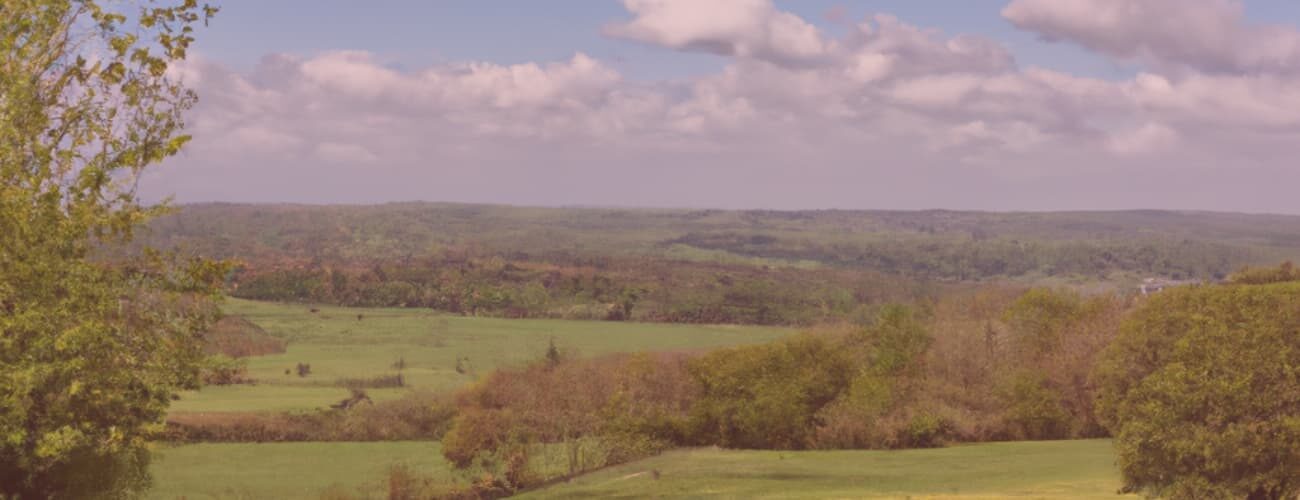Film Location for: St Fidelis in March Magna (“The Silent Land”)
Film location for Midsomer Murders
Fair Mile Hospital is set in an abandoned building in Midsomers March Magna. It’s a spooky place, and it’s where the young tuberculosis patient fell to her death on the stairs in the main entrance. She fell out of sheer hopelessness. But unlike her, the nurses at the former hospital appear to be “not dead, but sleepeth“.
The Gothic-style building, which was also a hospital in reality, was used as a filming location for an episode of Midsomer Murders, namely
- St Fidelis, March Magna (S13E04: The Silent Land)
However, it was not a sanatorium for tuberculosis patients, but a hospital for mental health problems.Let’s dig in its history of the Berkshire mental hospital:
The origins of mental hospitals
Until the 18th century, people with mental health problems received ‘care in the community’ or were housed in prisons, workhouses or private so-called ‘madhouses’. The latter were morally reprehensible institutions: Not only did people sometimes live naked and chained in cells, but they were also displayed for public amusement. Visitors could pay to enter these buildings and look at and mock the chained, naked patients in their cells. A inglorious example was Bethlem Hospital in London.
During the 18th century, mores changed. For example, in North Yorkshire, where William Tuke opened ‘The Retreat’ in York. The businessman, philanthropist and devout Quaker founded an institution that focused on moral and human care.
But things were also changing on a national level, as the reigning King George III himself had mental health issues at times. So it was partly empathy, but also a personal end in itself that changed attitudes.
However, it was several decades before the County Asylums Act of 1845 was passed: all counties were required to provide residential facilities for the care for the mentally ill. Initially, Berkshire did not have its own asylum, but joined the existing Oxfordshire Asylum at Littlemore with the boroughs of Abingdon and Reading. An agreement to this effect was signed and remained in force until 1867.
The Fair Mile Hospital in its early days (1870s)
In the 22 years between the passing of the County Asylums Act and the expiry of the agreement with Oxon in 1867, demand for places in the Asylum grew rapidly. Littlemore did not renew the agreement on the grounds that all the places were needed for Littlemore patients. Berkshire, and the boroughs of Reading and Newburyh agreed to buy land near the village of Cholsey and build an asylum there.
And so it was. Charles Henry Howell designed a Tudor Gothic style building for 500 patients. Construction began in March 1868, and when the “County Asylum for Berkshire” opened in 1870 it was not quite finished. The 285 beds available were almost entirely filled by patients from Berkshire, Reading and Newbury who had previously been housed at Littlemore. (But the building was soon completed.) Most of the patients were cared for at the expense of the local taxpayers (then known as paupers), but there were also privately paying patients as the occupancy rate allowed.
As well as the hospital building, the estate included 65 acres of gardens designed by Robert Marnock. There were communal gardens, pleasure gardens, kitchen gardens, orchards, paddocks and even a chapel.
The heyday (1880-1915)
The lunatic asylum for Berkshire was unofficially known as Moulsford Asylum because of the proximity of Moulsford railway station. It retained this name for several decades, although it had been renamed in the meantime – in 1897 it became ‘Berkshire Lunatic Asylum’ and the number of beds increased from 609 to 800 and over 1000. Demand increased despite the relatively high cost of accommodation and treatment in these institutions, as there was no medical treatment for mental illness, or physical illness with mental symptoms. Die Therapie bestand insbesondere in resting, routine, nourishing diet, fresh air, and sofern möglich exercise.
Patients were cared for by a medical superintendent (chief physician and head doctor), an assistant physician, numerous nursing staff (on average there were 10 nurses to one patient!), auxiliary staff and a chaplain who held regular services in a separate chapel. Most of the employees lived on site or in purpose-built staff cottages nearby and received a salary, uniform, cooked meals, board and lodging. In return, they worked very long hours, Monday to Saturday they had to work from 6am to 8pm and Sunday from 6am to 6am. They had only one day off a month and could take one week’s holiday a year at reduced pay.
The wide range of auxiliary staff including a farm bailiff, an engineer, a baker, laundresses, servants and workmen. In fact, Moulsford Asylum was almost self-sufficient community with its own bakery, laundry, farm, gardens, library, and regular dance, theatre, music and sports events. Both the work (housework, crafting, and gardening) and the entertainment could and should be enjoyed by patients who were already a little better off. After all, they were not going to be locked up in an institution for the rest of their lives – and many were discharged cured. As they got better, they were gradually given more freedom. So, patients who had recovered enough to go home were released on probation and given money so they didn’t have to find work immediately. They were released after a month if they were able to cope in the outside world.
The 20th century
The history of Fair Mile in the 20th century is quickly told: In 1915 it was renamed ‘Berkshire Mental Asylum’ and when it became an NHS hospital in 1948 it became known as Fair Mile Hospital (sometimes written as Fairmile Hospital). It remained an institution for the mentally ill patients – but was now more closely integrated into the wider health service. Patients were also admitted to the outpatient clinic and daycare centre.
Following the closure of more and more local facilities in the 1980s, Hospital closed in 2003. By then it had become part of Oxfordshire (1974, territorial changes) and became part of the NHS, the National Health Service, Grade II listed: The hospital, former chapel and entrance lodge were listed in 1986, followed by the park and gardens in 2000.
From 2003 to 2011 it was uninhabited and used as a film set, including as St Fidelis in Midsomer Murders “The Silent Land”.
It has since been converted into dwellings and since 2011 it has been possible to live in the development, which is still called Fair Mile.
🤓 Read more about Midsomer Murders & History
The Chronology of Midsomer County by Year or by Episodes
Deep Dives into Midsomer & History
This is an independent, non-commercial project. I am not connected to Bentley Productions, ITV or the actors.

Sources
- “For The Welfare Of The Insane Poor“, in: Royal Berkshire Archives.
- “Fair Mile Hospital today“, in: Sheffield Botanical Gardens Trust.
- “Robert Marnock (1800-1889)“, in: Berkshire Gardens Trust.
Further readings
(Also for me)
- Mark Stevens: Fair Mile. Life in the Victorian Asylum. Barnsley 2014.
- Ian Wheeler: Fair Mile Hospital. A Victorian Asylum. Stroud 2015.
First published on MidsomerMurdersHistory.org on 2 June 2024.
Updated on 29 June 2025.


Petra,
I’m so pleased to find your site! I’m a Midsomer fan as well, now rewatching the series for the fourth or fifth time. They never get old. Thank you for creating this site. I’m so looking forward to exploring!
Kindly,
B